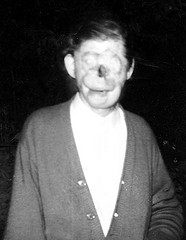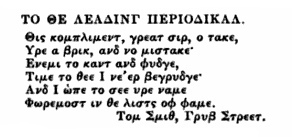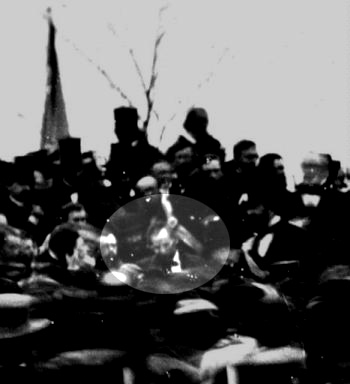
For decades, western Pennsylvanians have heard stories of an unlucky power company employee who was disfigured by a bolt of lightning. The ghost of Charlie No-Face haunted the local rail tunnels, it was said, where it would trap unsuspecting motorists.
Most don’t know that the legends have a basis in fact. Raymond Robinson was 8 years old in 1919 when he touched an electrical line on the Morado Bridge near Beaver Falls and lost his eyes, nose, ears, and one arm.
Robinson spent most of the next 60 years at home with his family, where he made belts, wallets, and doormats to sell for a modest income. He stayed indoors by day to avoid a public panic, but at night he would go for long walks along State Route 351, where surprised neighbors sometimes encountered him feeling his way with a walking stick.
By all accounts Robinson was well liked, though understandably shy, and he graciously accepted the cigarettes and beer that strangers offered him. It’s not clear whether he knew of the legend he’d inspired, but it’s survived him by two decades now — he died in 1985, at age 74.




